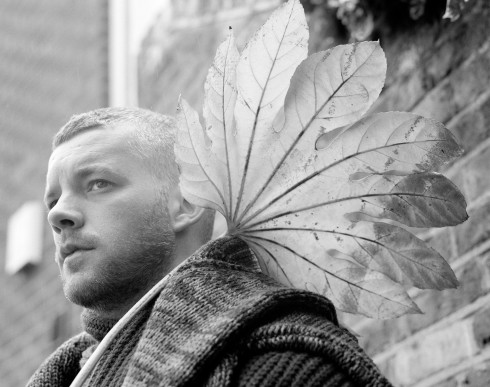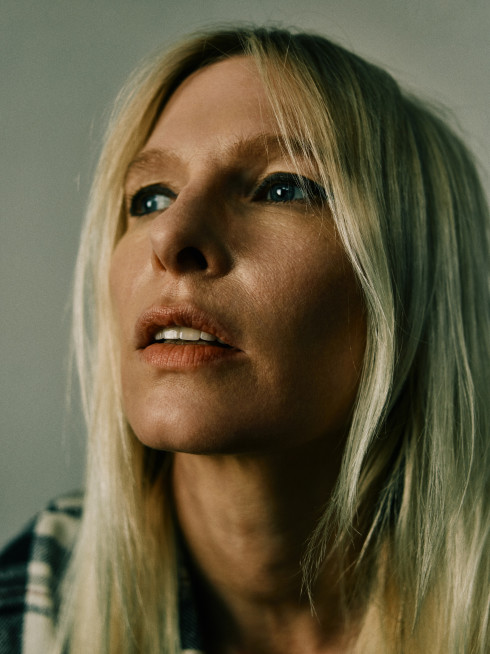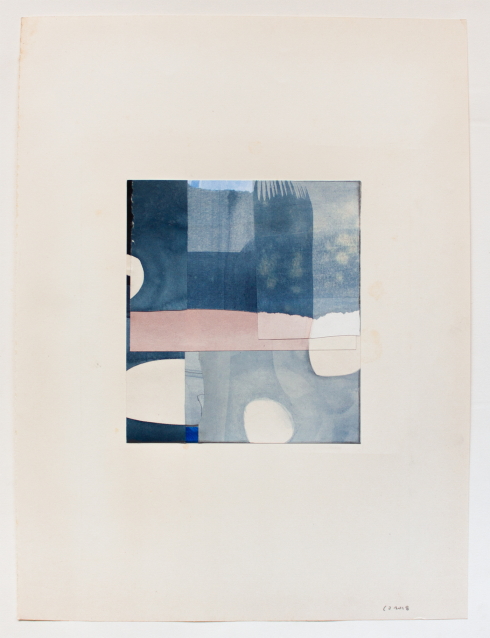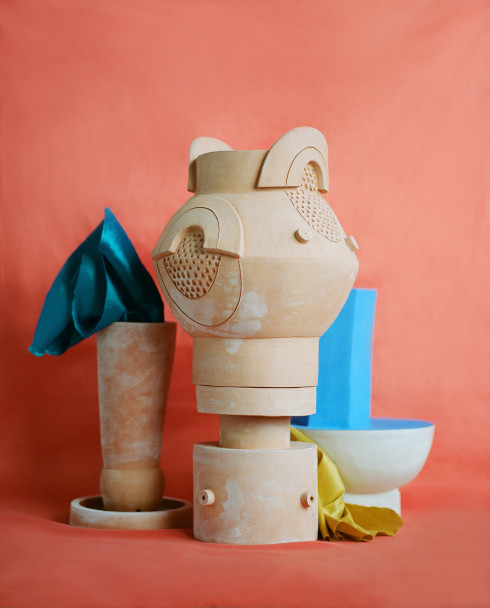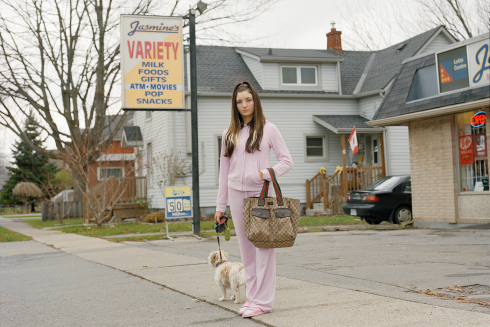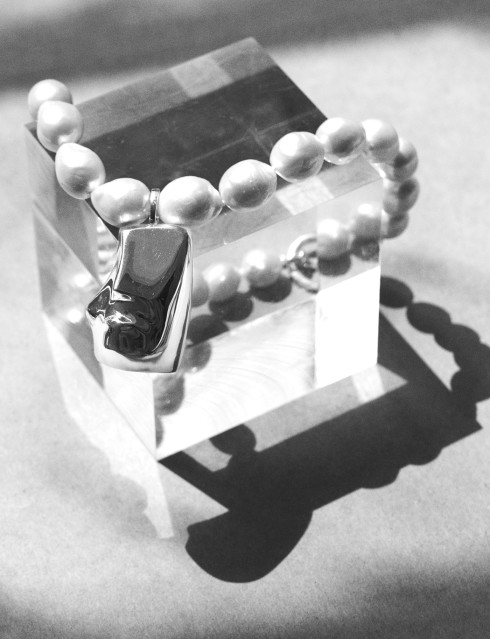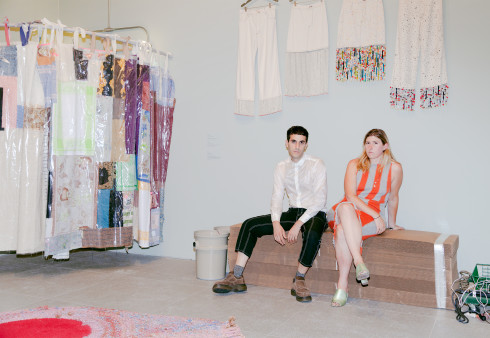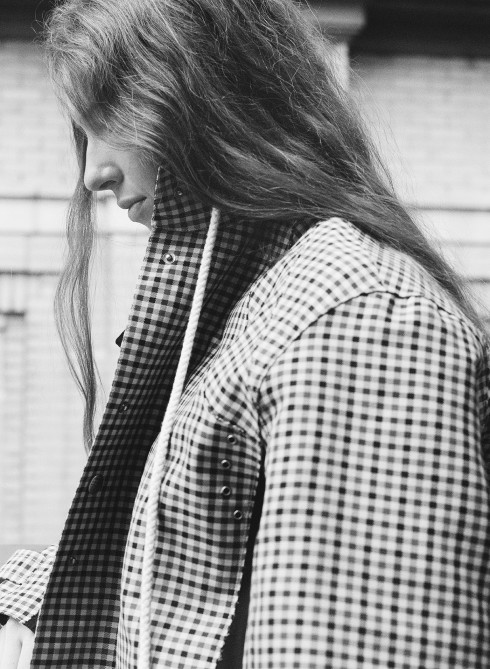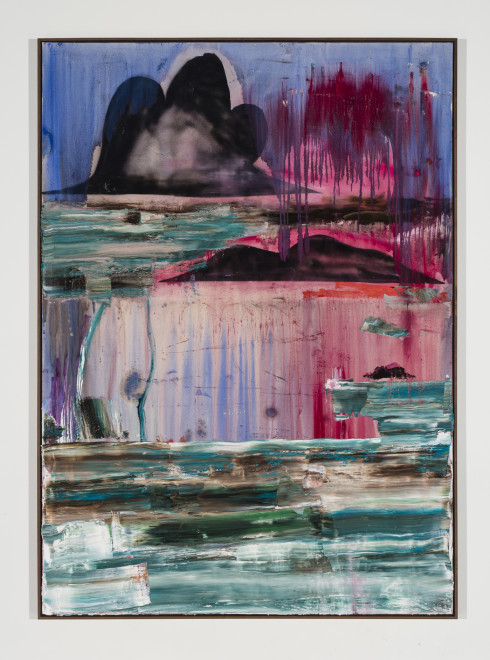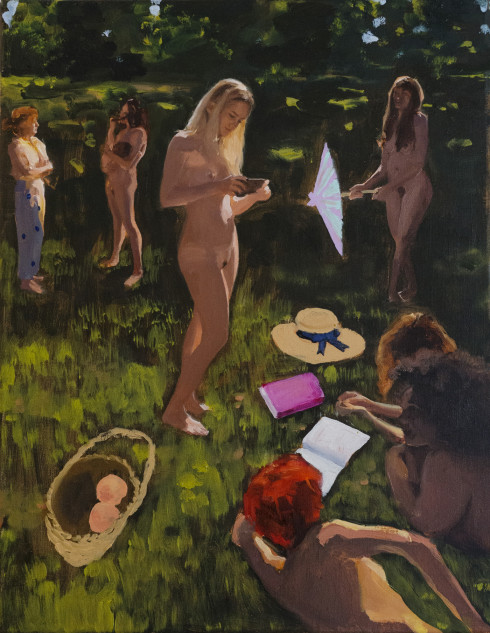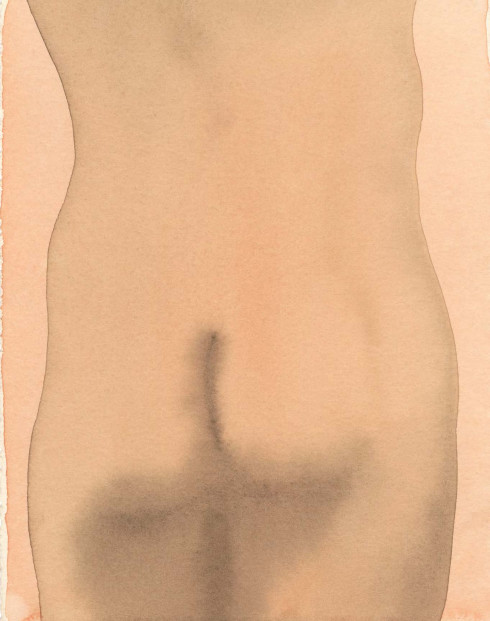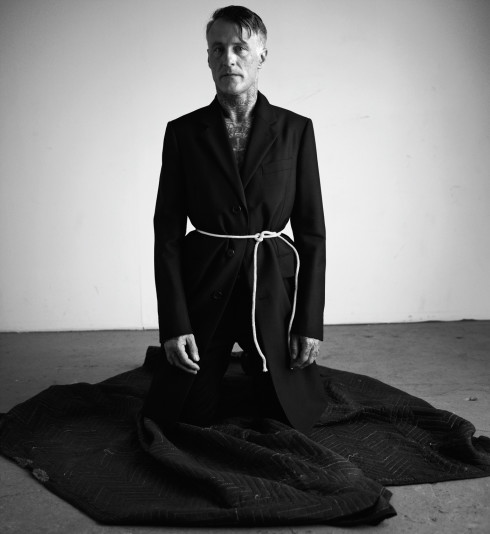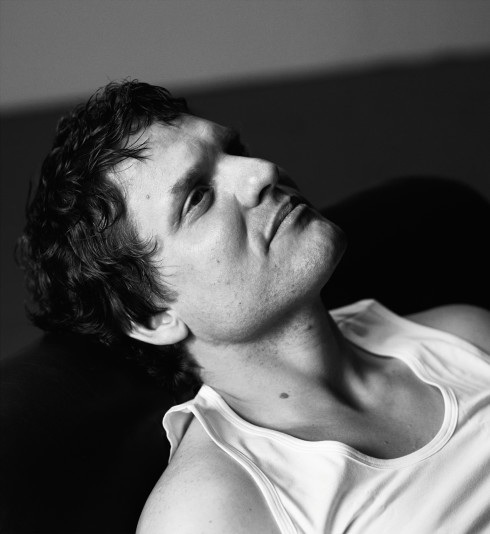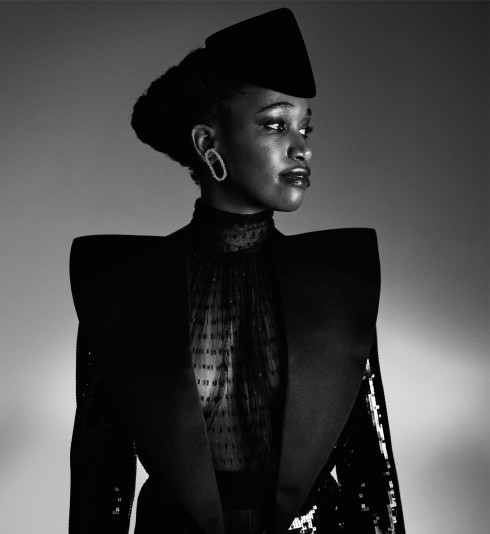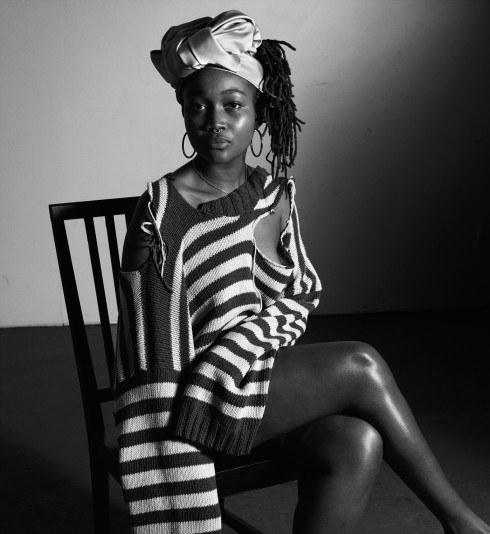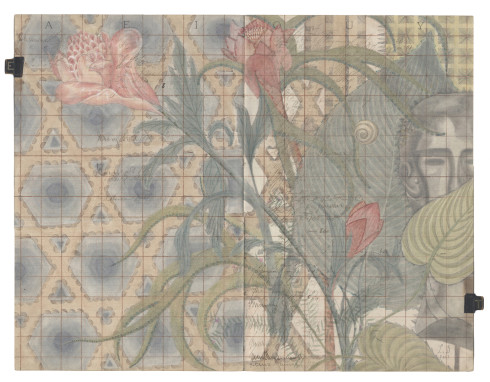
- By
- Jennifer Mason
- Photography by
- Alex Franco
ALEX FRANCO'S OMO VALLEY STREET STYLE
For all its exposure, it would seem as though no fold has been left unfurled in the fashion world. Swarms of street-style photographers roam every city, scouring for shots of every stylish shoe to ever step across them. Trends are reviewed and renewed without relent. Photographer Alex Franco, having seen the best of that in his years assisting Mario Testino and shooting for the likes of Vogue and V, sought a world beyond those regular realms for a new kind of project and source of inspiration, but instead found a familiar focus.
“It was in April 2013 when a good friend of mine, who is from Djibouti but grew up in Ethiopia, was going back there to do a trip to the Omo Valley,” recalls the Spaniard, referring to a region in the far south of Ethiopia. “In that time of my life, I was looking for something to inspire me, my soul was calling for that. I’d always been very curious about Africa and I knew about these tribes from books I have by Angela Fisher and Leni Riefenstahl. So when he was telling me, my eyes widened. A couple of weeks later, I was in Addis Ababa and it’s the best thing I have ever done.”


After making the trek from Ethiopia’s capital down to the Omo Valley, Franco was slow to wield his camera. The people of the tribes he met there were quite responsive to being photographed, but not necessarily in a way that felt quite right. “As soon as you pull your camera out, they want money,” he says. “It’s not that I didn’t want to give money, but I didn’t feel comfortable throwing money just to take pictures. One of the aims I had was really to get into the tribes, get to know them, and show my respect to these communities.”
His opening came in Turmi, a market town in the southwest and home to many members of the Hamar tribe. During one of his walks, Franco helped a beautiful but reluctant Hamar girl carry water containers back to her family. After a later reencounter with her during market day, he was invited to have coffee at the home of the family, a symbol of thanks and welcome. It was then that they offered to have him stay, which he graciously accepted. “So you do the whole traditional event, they kill a goat, you drink the blood,” he recalls, “and yeah, I stayed for fifteen days with them.”


It was also at market day, an important day for the tribes, when they turn out to shop and socialize in the equivalent of their Sunday best, where Franco really began to absorb the remarkable style that was innate to the culture of the Omo Valley. Western and tribal worlds converge as items like plastic hair clips and discarded bottle caps are reappropriated into ornate headdresses like those of the Bana and Daasanach people. T-shirts transported from the Kenyan border sporting Obama or Coca Cola graphics are accessorized with towel-wrapped miniskirts and beaded bracelets stacked up the arms and legs. There’s an unintended androgyny to the style, as Western concepts of masculinity and femininity are blurred with men often dressing and carrying themselves more extravagantly than the women. In the Mursi and Bodi tribes especially, close friends, girls or boys, dress alike, hold hands openly, and mark each other with colorations of clay. The art of decoration is a part of their way of life.
Once back in London, where he is based, Franco realized the modern take of his street-style-like photos and decided he needed to go back to document more. Funded by a successful Kickstarter campaign, he returned with a videographer and the goals of turning this project into a book and exhibition. Profits will go to raise money and awareness for the tribes not only in the outside world, but first and foremost inside Ethiopia itself, where the government is allowing foreign interests and rampant development to carelessly displace a people from whom there is a lot to learn.
As he pursues this end, Franco works with a message in mind: “Humans almost eradicated the Aboriginals and the Native Americans. Let’s not let this happen again.”



